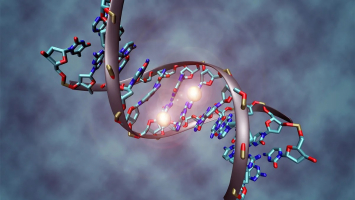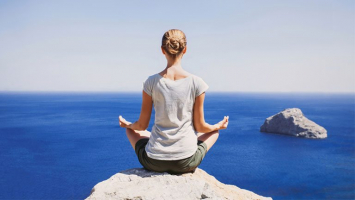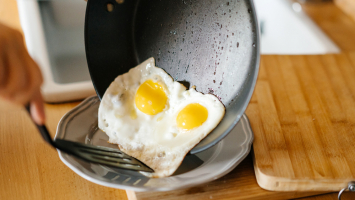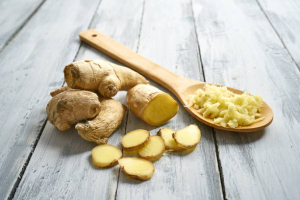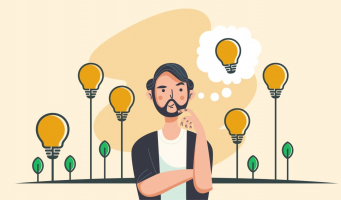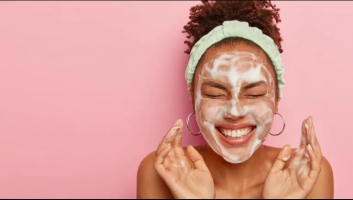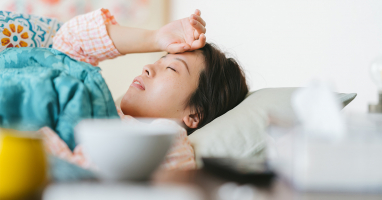Top 10 Helpful Tips for Relieving Migraine
According to the Migraine Research Foundation, migraine is one of the most common conditions in the world. Migraine headaches are more than just painful ... read more...headaches. Migraine is a neurological condition with a variety of symptoms, including nausea, vomiting, visual changes, sensitivity to sound, light, or smell, etc. Many drugs can be used to treat and prevent migraines. However, some people prefer to use natural treatments as a supplement or as an alternative to medical treatment. Below are some natural remedies for treating and avoiding migraines.
-
Maybe you have known the power of temperature treatment if you've ever used an ice pack on an injury or a heating pad on a painful back. When you have a migraine, this can also help.
Cold treatment has been used to treat migraines for over a century. This treatment may help constrict blood vessels or slow nerve signals involved in migraine pain, according to some studies. Even while recent research hasn't specified exactly how cold can help relieve migraine pain, two recent studies have found that ice bands around the neck or ice packs applied at the onset of a migraine can dramatically lower the feeling of migraine pain. It's possible that you'll have to experiment to figure out what works best for you. An ice pack applied to the head might provide soothing, numbing relief for some people. This is especially beneficial if your migraine was brought on by the sun or heat.
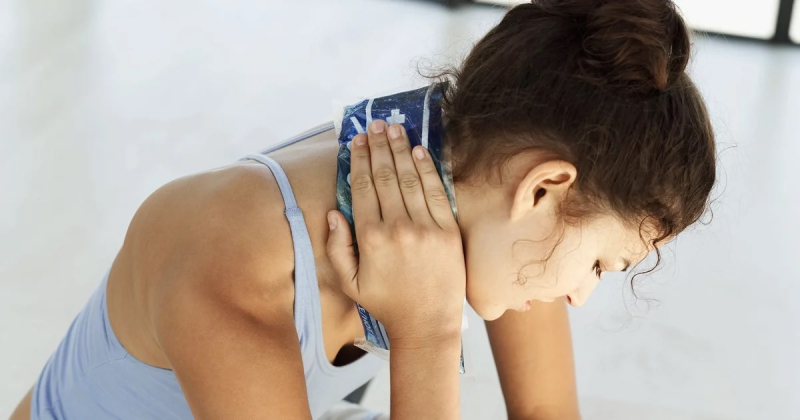
Apply a cold compress to your head or neck 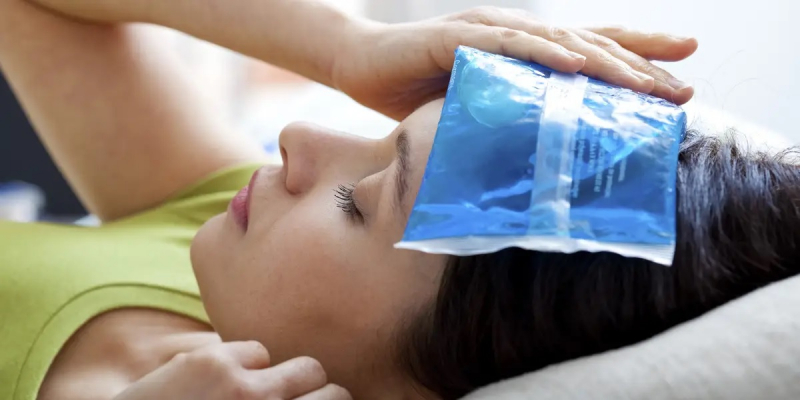
Apply a cold compress to your head or neck -
One of the most common migraine symptoms is sensitivity to light and sound. The discomfort caused by light may be linked back to a type of light-sensing cells in the eye called intrinsically photosensitive retinal ganglion cells (ipRGCs), which help maintain sleep-wake cycles and pupil response to light, according to a study published in Nature Neuroscience. These cells converge on pain-transmitting brain cells in rats. The ipRGC cells and the pain-transmitting cells are activated by light, and the cells remain activated for several minutes. That process, according to the researchers, might explain why headache pain worsens in the light and improves 20 to 30 minutes after being in the dark.
Go to a room that’s dark and quiet, and you may be able to sleep. This can help you find pain relief as well as reduce tension. Lay down and concentrate on your breathing. Using your diaphragm, take slow, deep breaths. Feel your stomach rise and fall with each inhale and exhale. This might help you in unwinding.
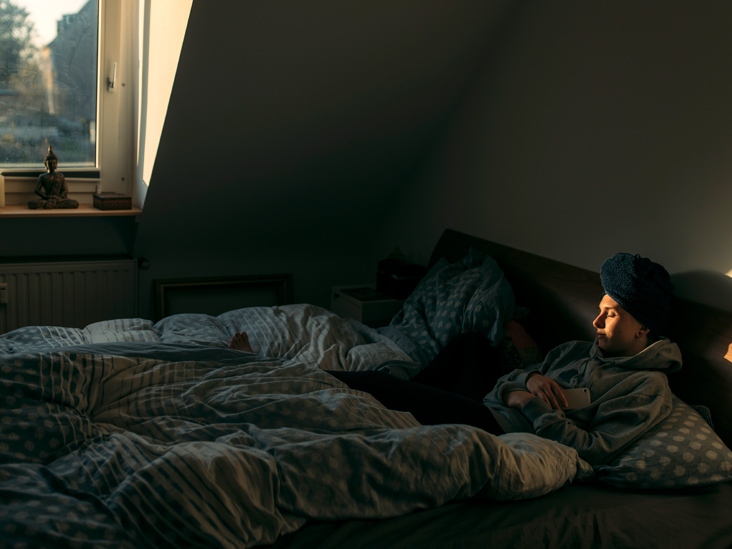
Rest in a quiet, dark room 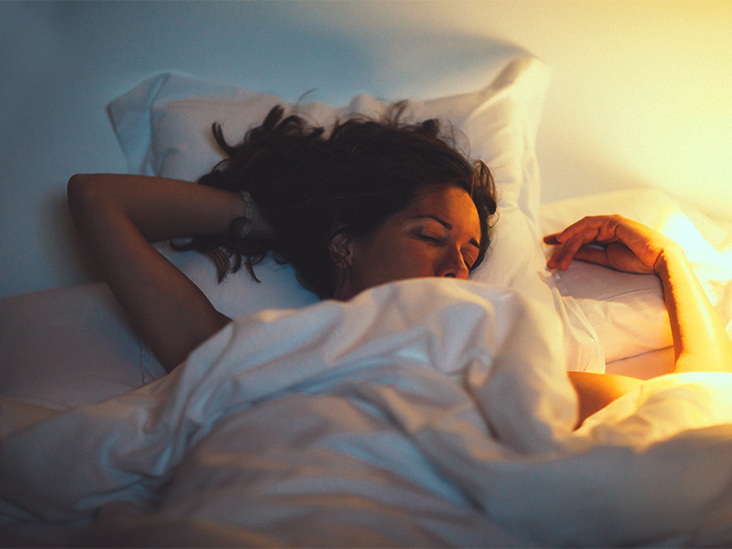
Rest in a quiet, dark room -
Dehydration may cause headaches and migraines, but a recent study suggests that hydrated might help to relieve and even prevent headache pain.
According to the American Migraine Foundation, dehydration is a cause for one out of every three migraine patients. Keeping hydrated in between attacks may therefore help to prevent some. People who drank the appropriate amount of water each day had headaches that were: less frequent, less severe and shorter in duration. According to Roderick Spears, MD, a neurologist and headache specialist at Penn Medicine in Philadelphia, aggressive hydration can help minimize the duration of a migraine attack. If you don't drink enough water on a daily basis, increasing your intake can help relieve migraine symptoms and prevent future attacks.

Hydrate 
Hydrate -
According to the National Center for Complementary and Integrative Health, massage can help your muscles relax and has been studied for pain management for a variety of conditions, including headache.
A massage may help reduce tension and even prevent headaches and migraines, so it's a good way to relax and practice self-care. According to one research, 8 out of 10 participants had their headache discomfort reduced by half after only one massage treatment, with the majority reporting near-instant relief. It's also important to choose where you have your massage. Massages on the feet, hands, and earlobes may help reduce migraine discomfort, according to research on pressure points and reflexology in headache treatment.
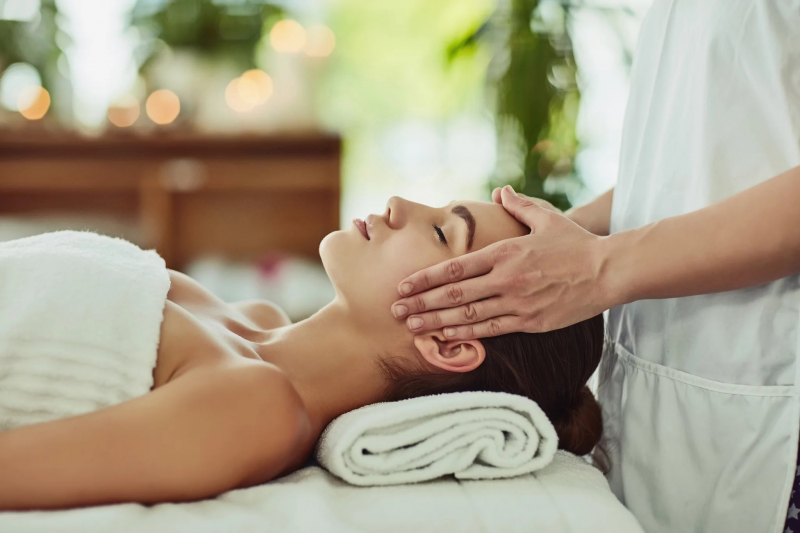
Get a massage 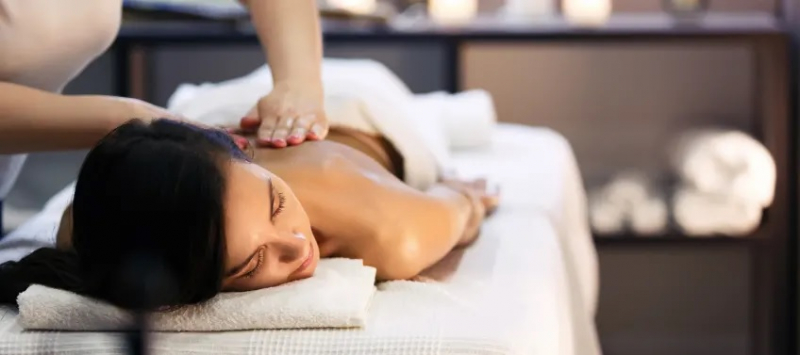
Get a massage -
Migraines have been linked to things like excessive stress, a change in sleeping habits, and even strenuous physical exercise. While deep breathing and relaxation exercises may not completely cure a migraine, they have been demonstrated to reduce tension and may shorten the duration and severity of migraine discomfort.
Meditation and stress-reduction methods can also help prevent migraines from happening in the first place. A 2020 study discovered that mindfulness meditation may help manage the overall burden of migraine in some people by reducing disability, quality of life, and depression. A short meditation can be five minutes or less. If you feel like that’s not enough, a 10-minute meditation is great for beginners. Once you have consistent practice, you can slowly increase your time.
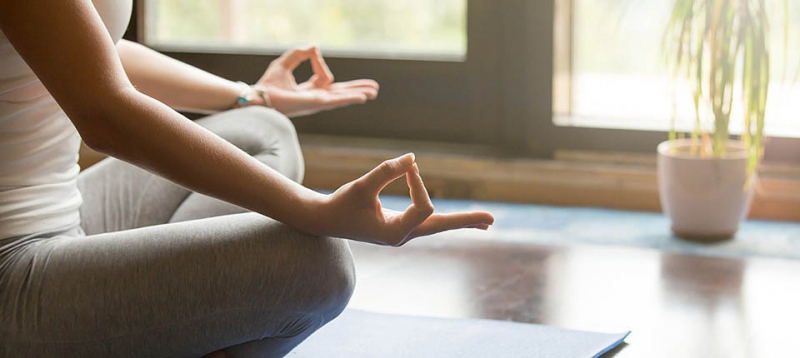
Try meditating 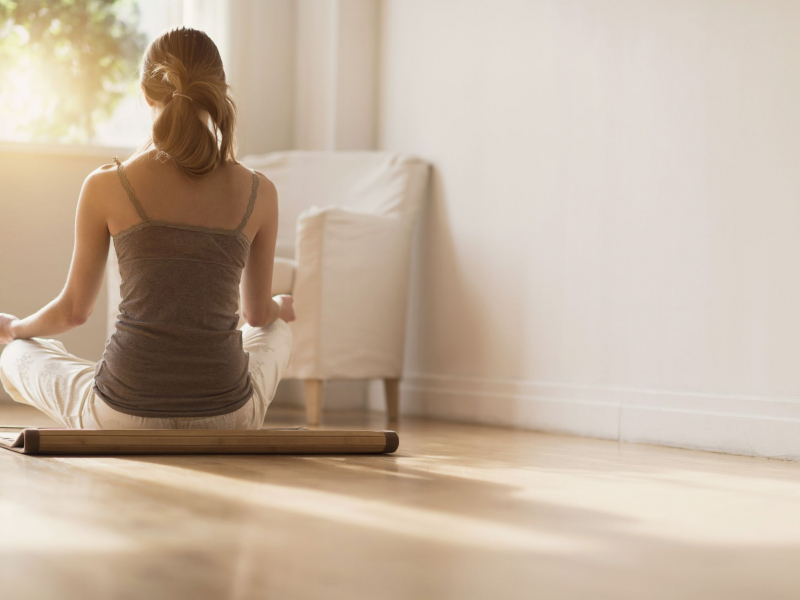
Try meditating -
Lavender has also been shown to be effective in the treatment of headaches and migraines. Lavender's scent may have a relaxing effect, which can help with relieving stress. Four weeks of aromatherapy with lavender essential oil decreased stress, anxiety, and depression in a group of postpartum women, according to a clinical trial published in the Iranian Journal of Nursing and Midwifery Research.
Inhaling the scent of lavender essential oil can help control migraine attacks in the short term. People reported a significant reduction in pain after only 15 minutes of breathing lavender oil, according to one small research. Those who inhaled lavender oil for 15 minutes had less severe headaches than those who did not in the placebo-controlled trial.

Smell the lavender 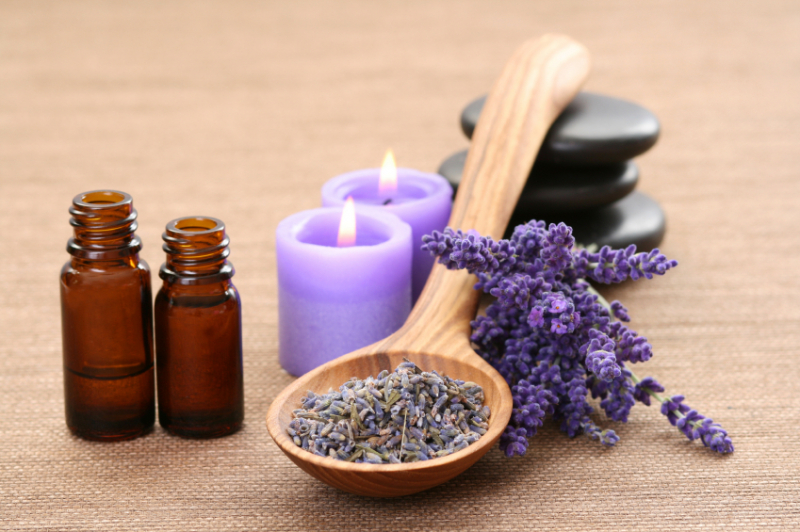
Smell the lavender -
A cup of coffee may help in the relief of a migraine. Caffeine is found in many over-the-counter pain relievers because it can enhance the medication's effects.
Blood vessels swell, tighten, or experience other changes during a headache, causing an increase in blood flow around the brain. This raises blood pressure around nerves, which then convey pain signals to the brain. This is what causes the headache. Caffeine has vasoconstrictive properties, which means it causes blood vessels to constrict, reducing blood flow and so relieving pain. One thing worth noting is to make sure you don't overdrink. Migraines might occur if you drink more than one cup of coffee. Caffeine addictions can develop in migraine patients who use it more than three times per week. More headaches may result as a result of this. Caffeine should be consumed in moderation, but it does provide relief for many people.
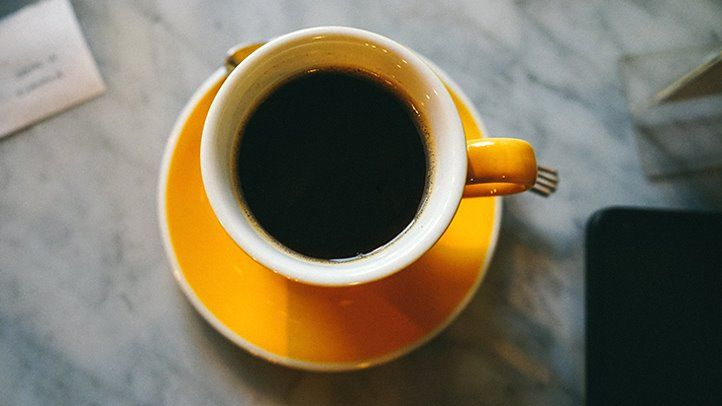
Try caffeine 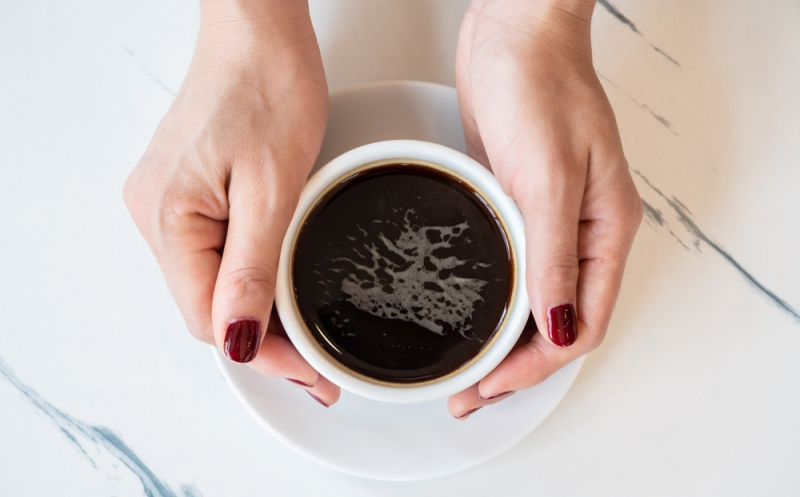
Try caffeine -
Due to its numerous health benefits, ginger is one of the top ten best-selling herbal supplements in the US. While ginger is best known for relieving indigestion, nausea, and upset stomach, its spicy, aromatic root can also help with headaches and migraines.
The potential benefits of ginger extracts for a variety of medical disorders have been studied in numerous preclinical and clinical trials. Ginger has been studied in the context of migraine headaches since it has been found to reduce both pain and nausea. In a new study, ginger was proven to considerably reduce migraine pain in just two hours, as well as nausea and vomiting that may accompany migraines. While the majority of the research used ginger powders, there are a variety of other products that might help, such as teas and candies.

Eat ginger 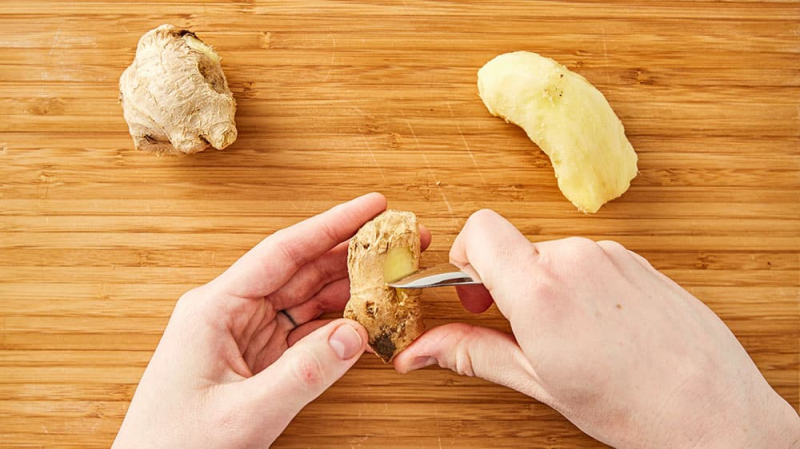
Eat ginger -
People must eat in order to exist, and chewing is an important part of this process. Grinding teeth and clenching the jaw, which affects up to 80% of the population, can lead to tooth wear, breakages, pain, limited jaw joint movement, migraines, and headaches.
Excessive chewing, on the other hand, has been related to an increase in headaches and even migraines, according to research. The study focused on gum chewing, and researchers discovered that people who chewed gum regularly had higher tension headaches and migraines. You should also think about if you clench or grind your teeth at night since this might have a similar effect. Indeed, scientists believe that over 40 million people suffer from bruxism, or severe teeth grinding. Jaw pain, headaches, and even migraines can all be symptoms of this condition.
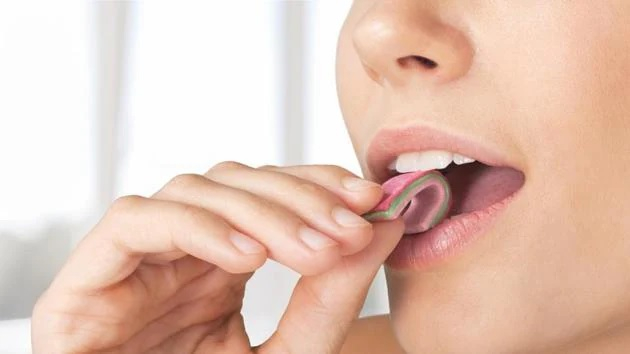
Address teeth grinding or excessive chewing 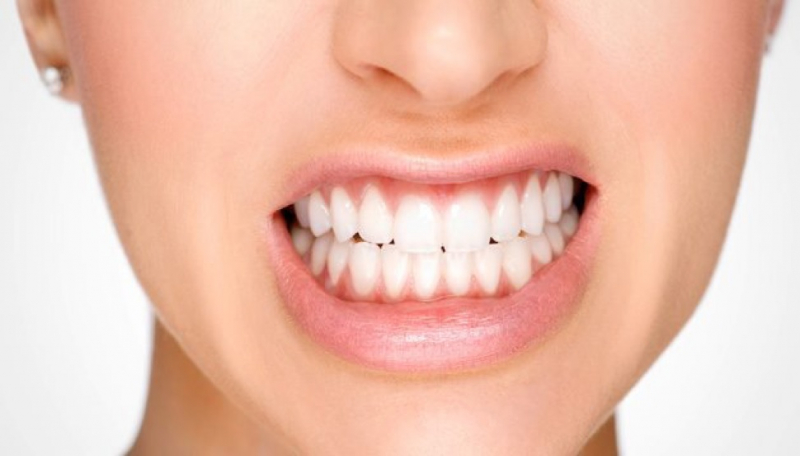
Address teeth grinding or excessive chewing -
Although there is a limited amount of research, the chemical menthol present in peppermint oil may help reduce migraine symptoms.
The effects of nasal 4% lidocaine, 1.5% peppermint essential oil, and placebo on migraine symptoms were examined in one randomized controlled research published in 2019. Researchers discovered that 40% of participants in the lidocaine and peppermint oil groups saw significant improvements in their symptoms, compared to only 4.9% in the placebo group. Although just a little research has been done on peppermint leaves, a little amount of data shows that topical peppermint oil may help with tension headaches, according to the National Center for Complementary and Integrative Health.
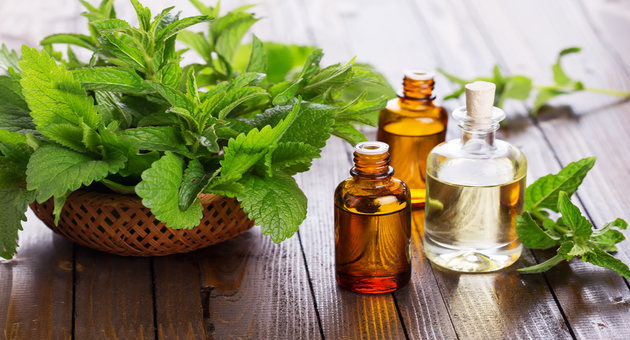
Apply peppermint oil 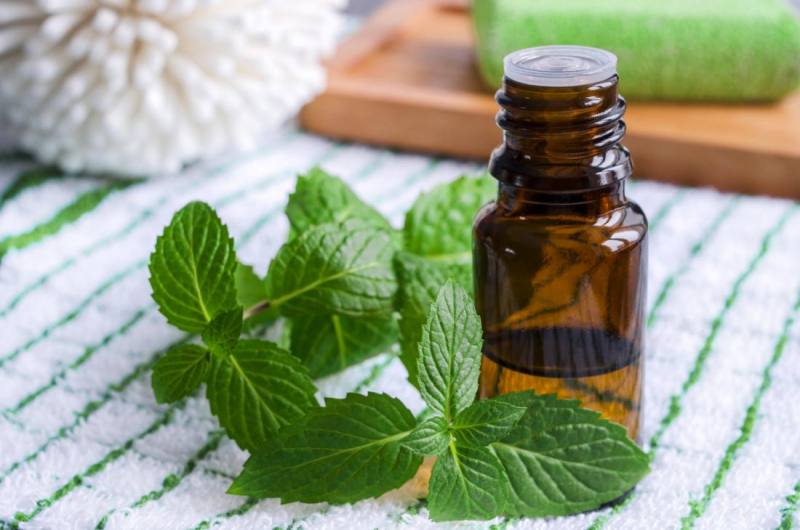
Apply peppermint oil












